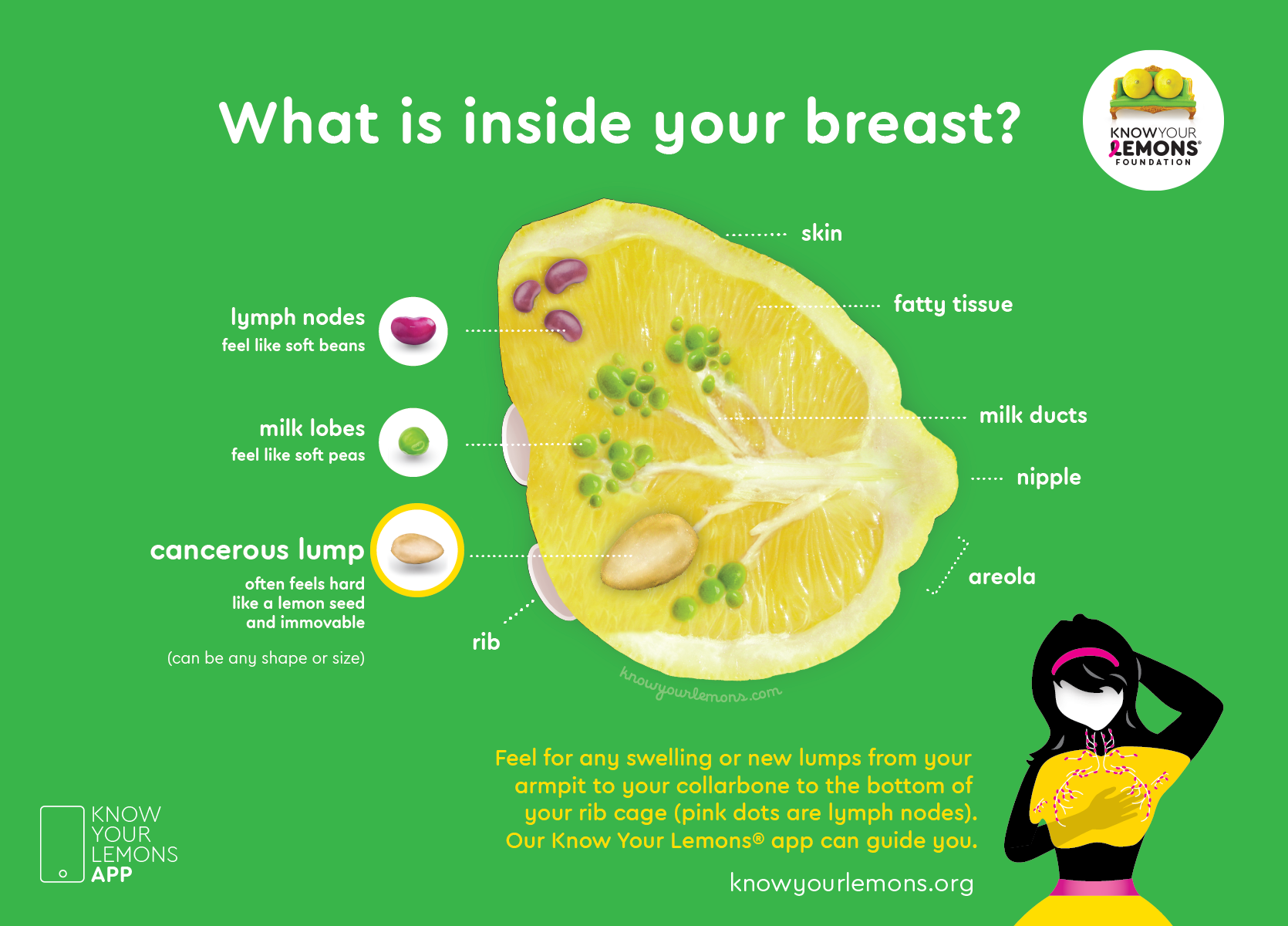

Painful lump in breast professional#
She recommends calling a professional if you notice any change out of the normal. Be aware of your body, and let your doctor know of any changes you see or feel, Dr. But that doesn’t mean you should forgo focusing on your breast health in between doctor visits. They can pick up things much smaller than our fingers can,” she says. “Our screening imaging has gotten much better, and mammograms are the current screening method of choice. The current American Cancer Association guidelines don’t recommend self-exams as a screening method anymore, but encourage women to have regular mammograms, explains Minna Lee, M.D., a breast surgical oncologist at Memorial Sloan Kettering Cancer Center. Up until recently, women were encouraged to complete self-exams regularly and be familiar enough with their breasts to notice any changes. But, there are breast cancer symptoms that have nothing to do with feeling a lump. The doctor conducts some tests-which may include a breast exam, mammogram, ultrasound, biopsy, or a combination-and determines the lump is cancerous. Smith Center for Women’s Cancers website.A breast cancer diagnosis often goes something like this: A woman feels a lump on her breast and makes a doctor’s appointment. Remember that the majority of breast lumps end up being benign, but it is still very important to have a professional give you a definitive answer.įor more information about breast cancer research and treatment, visit Dana-Farber’s Susan F. They will be able to determine the cause. The best way to truly solve any anxiety or worry you have about a breast lump is to have the lump examined by a medical professional. It’s important to discuss your risk for breast cancer with your doctor and make a plan for prevention - and mammograms - together. Your doctor should perform breast exams at your annual physical.


How often should I perform a self-exam?ĭana-Farber does not recommend relying solely on self-exams to find early-stage cancer. Mobile breast lumps have a greater chance of being surgically removed, and you should bring them to your doctor’s attention immediately.
Painful lump in breast skin#
This is actually a good sign, because cancerous lumps that are “fixed” to the skin of the breast or the chest wall are often associated with a more advanced cancer that has involved other parts of the breast, not just the fatty tissue. If you can move the lump around, does that mean it isn’t cancer?Įarly detected breast cancer is often “mobile,” meaning that it can be moved within the breast tissue.
/understanding-breast-lumps-both-benign-and-cancerous-430415-5c2fda3b4cedfd0001ef3491.png)
The most likely reason is that the cancer is irritating the nerves within the breast, but the true cause isn’t known. It’s unclear why some breast cancers are painful and others aren’t, but pain is not an indication of cancer being more or less aggressive. The presence of pain should not be reassuring - anyone who notices a new lump in her (or his) breast should contact a doctor. A lump is usually hard or firm compared with surrounding breast tissue. If a lump in the breast does not feel sore or tender, does that mean it isn’t cancer?īetween 2 and 7 percent of patients with a painful lump in their breast will be diagnosed with breast cancer. To find out whether this urban legend holds any truth, we checked with Beth Overmoyer, MD, FACP, of Dana-Farber’s Susan F. They may be told that if a breast lump hurts or is sore, it probably isn’t cancer. Many people who discover a breast lump confide in a friend or family member before talking to their doctor. Medically Reviewed By: Beth Overmoyer, MD


 0 kommentar(er)
0 kommentar(er)
